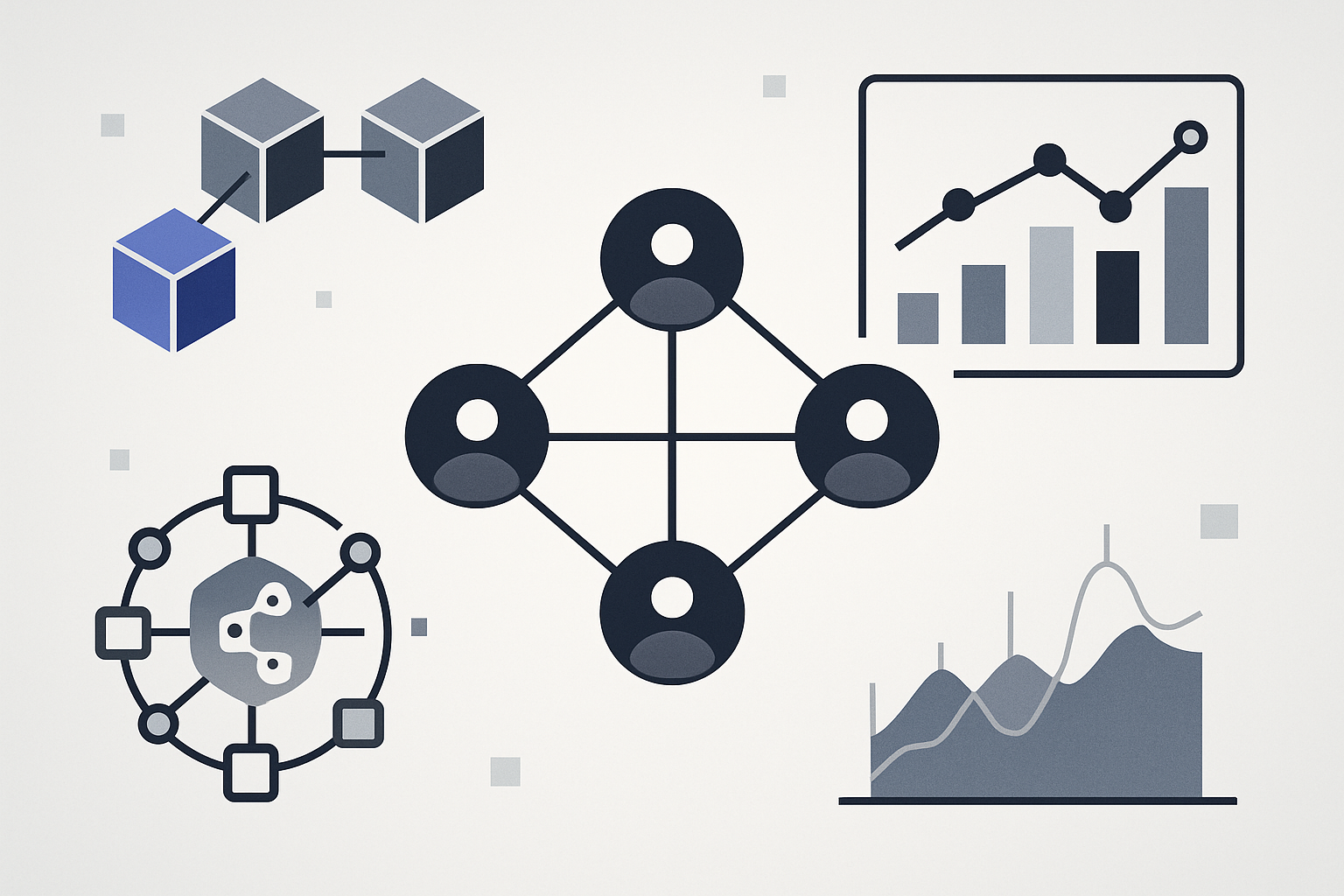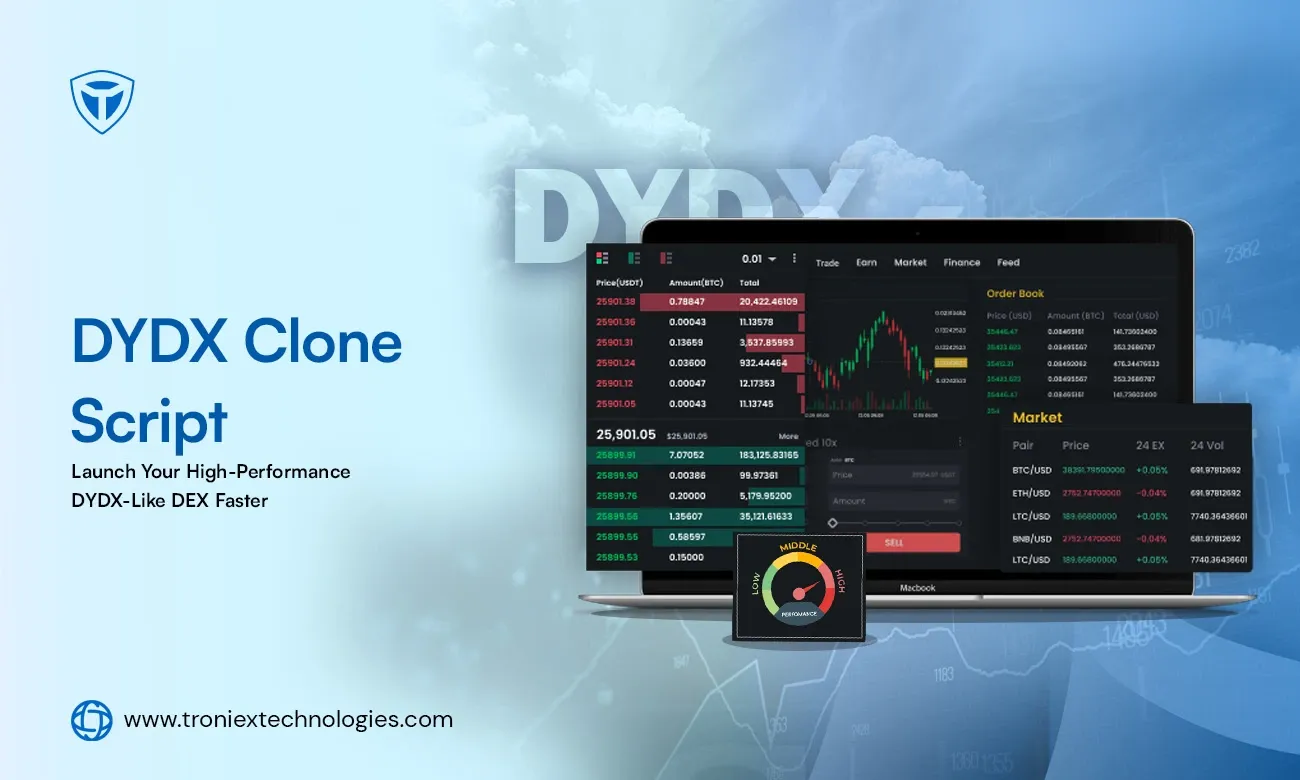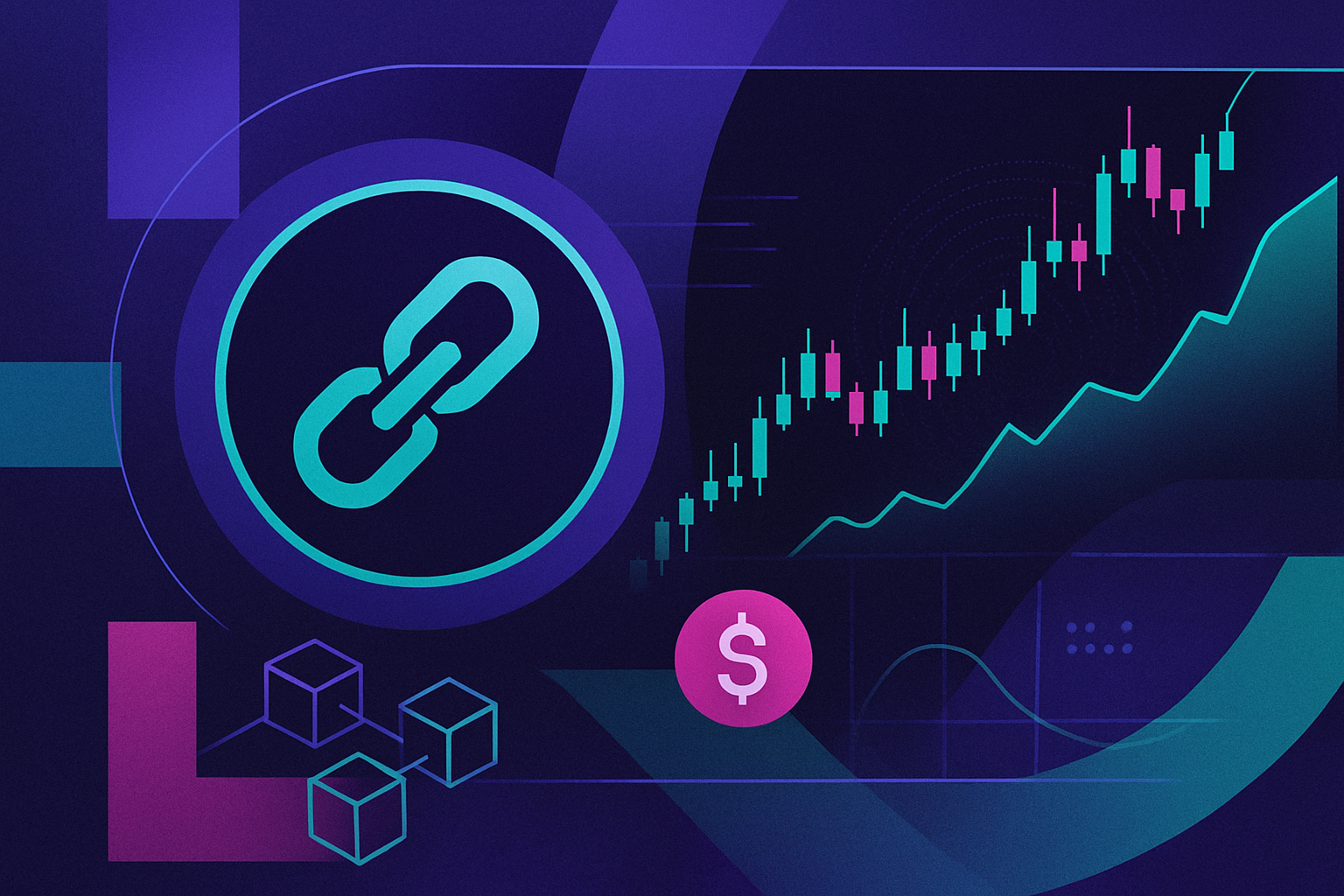
In 2025, the landscape of perpetual decentralized exchanges (DEXs) has undergone a radical transformation. No longer considered the slower, less-liquid cousins of centralized exchanges (CEXs), top platforms like Hyperliquid, EdgeX, and Bulk Exchange now routinely deliver millisecond-level latency and execution speeds once thought impossible for on-chain trading. September 2025 saw daily perpetual DEX volumes soar to $96.973 billion, with DEXs capturing roughly 26% of global perpetual futures activity. This is not just a statistical milestone; it’s a signal that DeFi infrastructure has matured to rival, and in some cases surpass, CEX performance.

Custom Layer-1 Blockchains: The Foundation for Millisecond Latency
The push for perpetual DEX millisecond latency starts with purpose-built blockchains. Hyperliquid’s proprietary Layer-1 chain is engineered for throughput and speed, processing over 100,000 transactions per second and achieving median order execution times of just 0.2 seconds. These figures are not theoretical, they are measured in live market conditions where price discovery and liquidity provision move at breakneck pace.
This architectural leap is crucial. Unlike general-purpose chains that struggle under the weight of high-frequency trading activity, custom Layer-1s optimize consensus, networking, and state management specifically for trading applications. The result? Users experience CEX-level speed in DeFi without sacrificing self-custody or transparency.
On-Chain Order Books and Matching Engines: Transparency Meets Performance
The heart of this new era lies in fully on-chain central limit order books (CLOBs) and matching engines. Platforms like Bulk Exchange have integrated their execution layers directly into optimized validator clients, on Solana derivatives or bespoke stacks, achieving sub-20 millisecond latency for order matching and sub-400 millisecond settlement times.
This direct approach brings several advantages:
- Transparency: Every order and fill is verifiable on-chain in real time.
- Fairness: No privileged access or hidden order types; all participants play by the same rules.
- Speed: Advanced architectures eliminate off-chain bottlenecks common to older hybrid models.
The result is an environment where high-frequency trading decentralized exchanges can thrive natively on-chain, a dramatic shift from the days when DeFi lagged behind CEXs by hundreds of milliseconds or more.
Next-Level Consensus Mechanisms and Hybrid Liquidity Layers
A key enabler of this revolution is the adoption of advanced consensus algorithms like HyperBFT, which drastically reduce transaction finality times. By minimizing the gap between order placement and execution confirmation, these mechanisms enable traders to act on market-moving news with near-instant precision, a critical advantage in volatile crypto markets where every millisecond matters.
Meanwhile, hybrid liquidity solutions aggregate depth from both on-chain pools and off-chain sources. EdgeX’s cross-chain aggregation ensures tight spreads and efficient fills even during periods of extreme volatility, one reason it set a cumulative revenue record of $49.47 million in September 2025 alone.
This multi-layered approach means that users no longer have to choose between speed and self-custody trading DeFi environments; they can access deep liquidity with CEX-level performance while retaining control over their assets at all times.
If you want to dive deeper into how these architectural breakthroughs work under the hood, check out our detailed technical analysis here: How Hyperliquid-Style Perps Achieves Ultra-Low Latency in Decentralized Perpetual Trading.
Optimized fee structures have also played a pivotal role in attracting sophisticated market participants. Platforms experimenting with zero-fee trading, dynamic rebates, or profit-sharing models have seen a surge in both liquidity provision and high-frequency trading activity. This competition among DEXs to lower friction has directly benefited end-users, compressing spreads and making it more cost-effective to execute advanced strategies that were once the exclusive domain of centralized venues.
But with greater speed comes new operational risks. For example, as seen in August 2025, even short-term oracle lags on Hyperliquid led to $10 million in liquidations during volatile sessions. This underscores the importance of robust oracle infrastructure and real-time risk management systems that can keep pace with the millisecond execution environment. Leading platforms are now integrating redundant oracle networks and on-chain circuit breakers to safeguard against flash crashes and data anomalies.
What Does CEX-Level Speed Mean for DeFi Traders?
For active traders, the implications of CEX-level speed DeFi 2025 are profound. Strategies like arbitrage, scalping, and market-making can now be executed on DEXs without the latency penalties or slippage that previously made them impractical. The DEX-to-CEX spot ratio hit a new high of ~27.9% in June 2025, reflecting this shift as more traders migrate toward self-custody solutions without compromising on execution quality.
This is more than just a technical achievement, it’s a philosophical one. The ability to trade at millisecond latency while maintaining full control of your keys democratizes access to advanced trading tools, unlocking new opportunities for both retail and institutional participants worldwide.
If you’re looking to optimize your own low-latency trading setup or want to understand how these innovations are reshaping market structure, our guide offers practical tips: How to Optimize Low-Latency Trading on Decentralized Perpetual Exchanges.
The Road Ahead: Beyond Milliseconds
As perpetual DEXs continue their rapid evolution, expect further advances in modular blockchain design, AI-driven order routing, and privacy-preserving execution layers. Already, projects like Bullet are pushing latency down to 1.2ms, well ahead of legacy chains, while others experiment with intent-based architectures that could redefine how orders are matched entirely.
The bottom line: In 2025 and beyond, decentralized exchanges are no longer playing catch-up, they’re setting new benchmarks for speed, transparency, and user empowerment in global derivatives markets.
[price_widget: Real-time price widget for perpetual DEX tokens including Hyperliquid]







